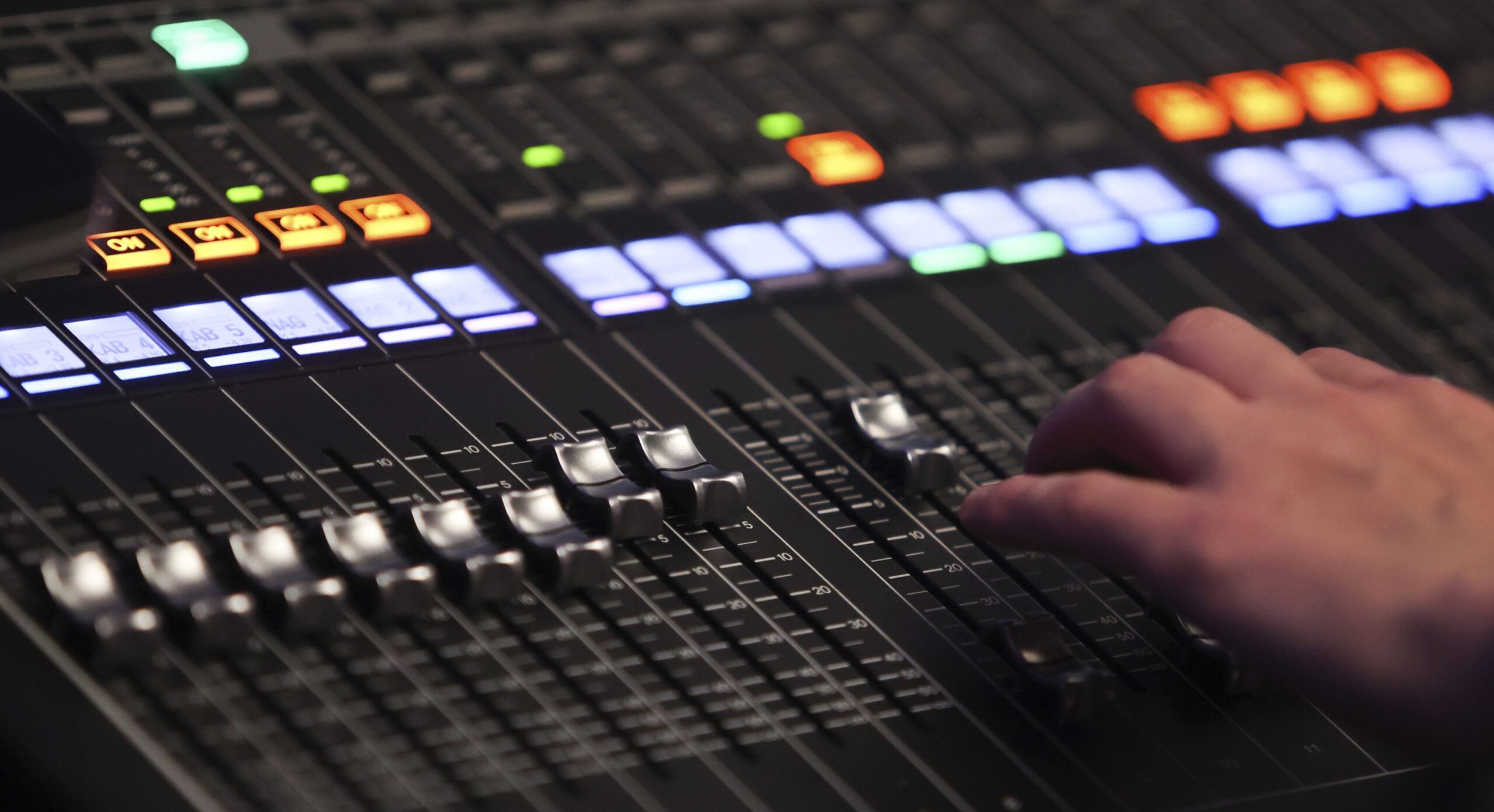
A person operates a radio console in Krakow, Poland on February 3, 2023
In the new book “Shadow of the New Deal: The Victory of Public Broadcasting,” set for publication on May 23 by the University of Illinois Press, Josh Shepperd surveys the origins of public broadcasting and the advocacy of the National Association of Educational Broadcasters (NAEB). The efforts of the media reform movement have historically been regarded as a failure, with the NAEB comprised of unsupported university broadcasters when it first launched in 1934. “Shadow of the New Deal,” however, seeks to highlight how the NAEB built up a media coalition that was dedicated to the idea that public broadcasting could offer equal access to education and information, and helped create what is today National Public Radio and the Public Broadcasting Service.
In the following excerpt, Shepperd examines how public broadcasting’s advocates took inspiration from education reformers when building their platform:
Public Media as a System Building Strategy to Advocate for Principles of Educational Access and Practice
The original principles for public media came from Progressive-Era philosophies such as John Dewey, who argued that democracy benefited from convening institutional practices that would raise awareness about one’s community. Dewey promoted understanding of democracy through training, and believed that specific institutions could be tasked with the promotion of equity, which he called “intentional agencies.” Roughly the same time as Dewey’s educational concepts, states began to look to universities as bureaucratic sites for economic, public, and cultural extension work. Dewey’s concepts, when combined with bureaucratic mandates to expand the reach of public education to every resident of a state, gave public education the veneer that access was not only a service but a right, and that it was the responsibility of educational institutions to locate strategies to reach every student. Educators received radio as one possible strategy to expand access to public education.
It is the argument of this book that public media can be traced from Progressive-Era concepts about equal access to education, through reform advocacy, to the Public Broadcasting Act, which was instituted through three Titles. First, construction grants for educational broadcasting; second, maintenance of facilities; third, study of educational and instructional broadcasting. Each title was written to address different institutional pressures that had been initiated before to the Act itself. For example, the history of construction grants (Title I) can be traced back to state requirements to provide facilities for compulsory education. Maintenance of facilities (Title II) was necessary so that a school, and later educational broadcasting, continued to meet regulatory approval for license renewal. And research into public and instructional broadcasting (Title III) was implemented to make sure that best practices in educational facilities met regulatory mandates. Funding for the Public Broadcasting Act hedged upon the fundamental concept that noncommercial media served an educational purpose similar to compulsory education. The Act itself contained dozens of traces of past events to realize this goal going back to the 1930s.
Compulsory Educational Policies and Practices and the First Distance-Learning Mandates
Early public media emerged in a symbiotic relationship with the growth of compulsory state education. To understand the mindset of those who built the educational radio system, and the strategic decisions that reformers made in the 1930s, it’s crucial to frame radio work within the logic of 1920s distance-learning and classroom extension services. As early as the 1910s educational advocates searched for strategies to streamline reception for agrarian and immigrant access: distance-learning initiatives appear in roughly the early 1910s, audio visual organizations and the first multiple choice tests were implemented at roughly the same time. Once educational radio appeared in the early 1920s, it was situated against a robust discussion regarding how to increase training in speech and trade. The first compulsory education regulation was passed in Massachusetts in 1852, and mandatory schooling became associated with modernization theses through the Progressive Era. It took until 1918 that every state had compulsory education laws. Education was typically concerned with skill acquisition in a fixed occupational landscape. By the late Progressive Era, schools were designed to increase attendance, inclusion of immigrant families, and to provide a constructive environment after Child Labor laws were passed, the last in place by 1914. By the 1920s it had become a tacit assumption that every child should be in school, and if services were not available, that strategies to reach distance learners should be explored.
In the years preceding radio, school districts had focused on what William Reese has aptly called “technologies of progressivism”—which included handwriting, mass production of working pencils, playgrounds as public meeting places, and by the 1910s Audio-Visual (AVI) materials. Both in and outside of the classroom, information required access to equipment. It’s under these discourses, as an extension not only of distance learning but the assumption that everyone must be “educated” that educational radio materialized in the late 1910s. And like public schools, radio required a lot more than curriculum to succeed—namely buildings, training, and consistency of content delivery.
From Shadow of the New Deal: The Victory of Public Broadcasting by Josh Shepperd. Copyright 2023 by the Board of Trustees of the University of Illinois. Used with permission of the University of Illinois Press.

